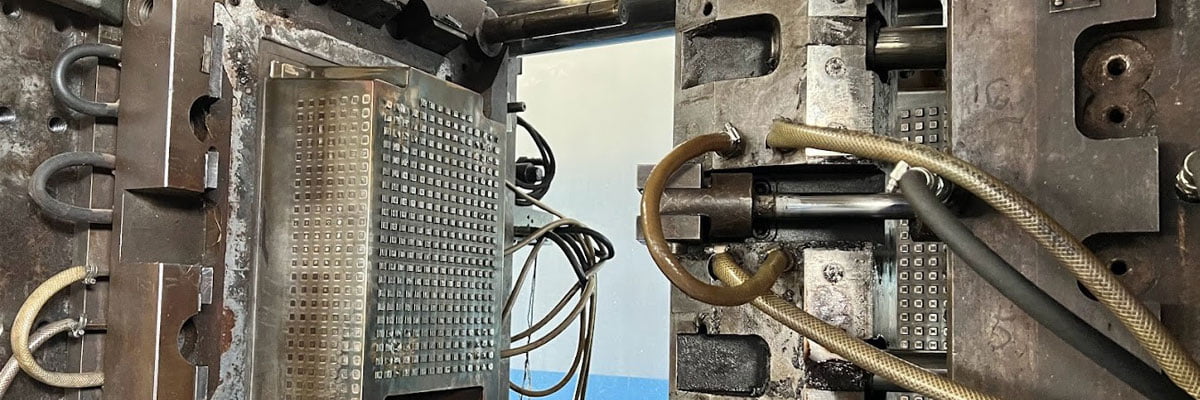
The Cost of a Plastic Injection Mould
Introduction:
R.D. Mould & Industry is a renowned name in the field of plastic injection mould manufacturing. With their extensive experience and expertise, they have gained valuable insights into the factors that influence the cost of a plastic injection mould. In this blog post, we will explore the key elements that impact the cost of a mould, including the number of cavities, core metal selection, core and cavity machining, and mould base. By understanding these factors, manufacturers can make informed decisions and optimize their moulding processes while collaborating with a trusted partner like R.D. Mould & Industry.
Quantity of Cavities:
The number of cavities in a plastic injection mould has a direct impact on the cost. R.D. Mould & Industry emphasizes that the quantity of cavities determines the production output and efficiency. Moulds with more cavities allow for higher production volumes, leading to a lower cost per part. However, it's important to strike a balance between the desired production output and the associated mould cost, considering factors such as part complexity, cycle time, and equipment capacity.
Core Metal Selection:
Choosing the right core metal for a plastic injection mould is crucial. R.D. Mould & Industry suggests that the core metal selection affects both the performance and cost of the mould. Steel and aluminum are common options. Steel moulds offer durability, longevity, and suitability for high-volume production, but they have higher upfront costs. Aluminum moulds, on the other hand, are more cost-effective for low to medium-production volumes and prototyping, but they have a shorter lifespan. R.D. Mould & Industry helps clients evaluate their specific requirements to make an informed decision about the core metal selection.
Core and Cavity Machining:
The core and cavity machining process plays a critical role in plastic injection mould cost. R.D. Mould & Industry emphasizes that the complexity of machining, required tolerances, surface finish requirements, and material selection all influence the cost. Complex designs, tight tolerances, and specific surface finishes require advanced machining techniques, which can increase the overall cost. The skill level and expertise of the machinists involved are also important factors. R.D. Mould & Industry ensures meticulous attention to detail during the machining process to deliver high-quality moulds at an optimal cost.
Mould Base:
The choice of mould base impacts the overall cost and performance of the plastic injection mould. R.D. Mould & Industry advises that the material selection and design of the mould base should align with production volume, part complexity, and cost considerations. Steel mould bases offer rigidity and durability for high-volume production, while aluminum mould bases are more cost-effective for lower production volumes. The design of the mould base, including standardization and interchangeability, can also influence costs. R.D. Mould & Industry provides expertise in selecting the appropriate mould base to optimize cost-efficiency without compromising on quality.
Conclusion:
R.D. Mould & Industries brings valuable insights into the cost factors associated with Injection Mould manufacturing. By considering the number of cavities, core metal selection, core and cavity machining, and mould base, manufacturers can make informed decisions to optimize their moulding processes. Collaboration with an experienced partner like R.D. Mould & Industry ensures access to expert knowledge and high-quality moulds that strike the right balance between cost and performance.

